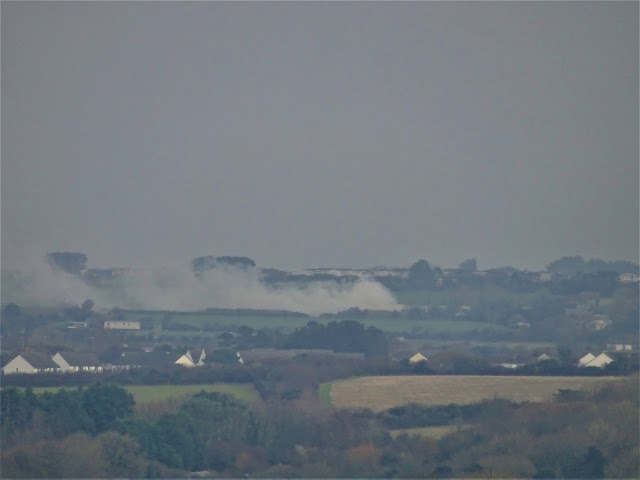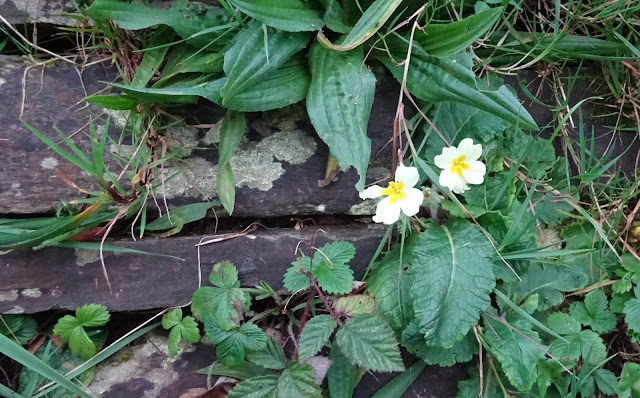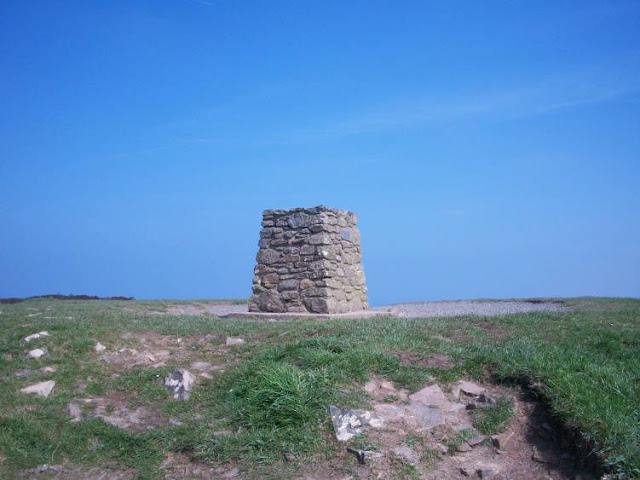2020 Dedh Trei Hans Pemdhek warn Ügens
Monday, 30th November
Pana contrast! Pana jorna deffrans! Na wrüg kerdhes ort ow flesya hedhyw, saw thera othom dh’y wül. Res veu dhen danon cart pednbloodh der an post dhe ’gan broder wheg. Re leb o an jorna dhe gemeres fotos nowydh veth. Res veu dhebm dhe witha segh an camera nowydh. Loos, loos, loos! Ma othom dhebm a liw. Na ellama gweles gòlowow Nadelik. Nag eus gòlowow Nadelik en cres an pow ha thera vy re bell dhort tre. Bes my a drouvyas delît war “youtube”. Whei ell gweles an dra orijinal en “Heartlands”, my a grej. Thew an Tirwel Balweyth Kernow West en gòlowow. Ma va ow tisqwedhes oll an telleryow whel a-warra, war enep an dor, warbarha gen oll an shaftys ha kivorrow en-dadn-dhor. Thew Kernow pecar’a criben vel. Arwòdh rag bal ew morthol ha pigell crowsys. Nag üjy an mappa ow tisqwedhes oll an shaftys ha kivorrow en trei mens.
https://www.youtube.com/watch?v=n9SD1Z1f0ac
What a contrast! What a different day! I didn’t enjoy
walking today, but it was necessary to do it. We had to mail a birthday card to
our brother-in-law. The day was too wet to take any new photos. I had to keep the
new camera dry. Grey, grey, grey! I need colour. I can’t see any Christmas
lights. There are no Christmas lights in the middle of the country and I am too
far from a town. But I found a delight on “youtube”. You can see the original
thing in “Heartlands”, I believe. It’s the West Cornwall Mining Landscape in
lights. It shows all the mine sights above, on the ground surface, together
with all the underground shafts and tunnels. Cornwall is like a honeycomb! A
symbol for a mine is crossed hammer and pick. The map doesn't show all the shafts and tunnels in 3-D.
Deg ger
rag hedhyw: Ten words for today
a-warra ~
a-wartha above,
upstairs
a-wòles below, downstairs
broder wheg
~ da (m) brother-in-law
cart
pednbloodh ~ natoledh (m) birthday card
criben
vel (f) honeycomb
danon dre
an post to mail,
post
delît (m) delight
en-dadn-dhor
underground
morthol (m) hammer
pigell (f) pick
warbarha
gen together
with










































